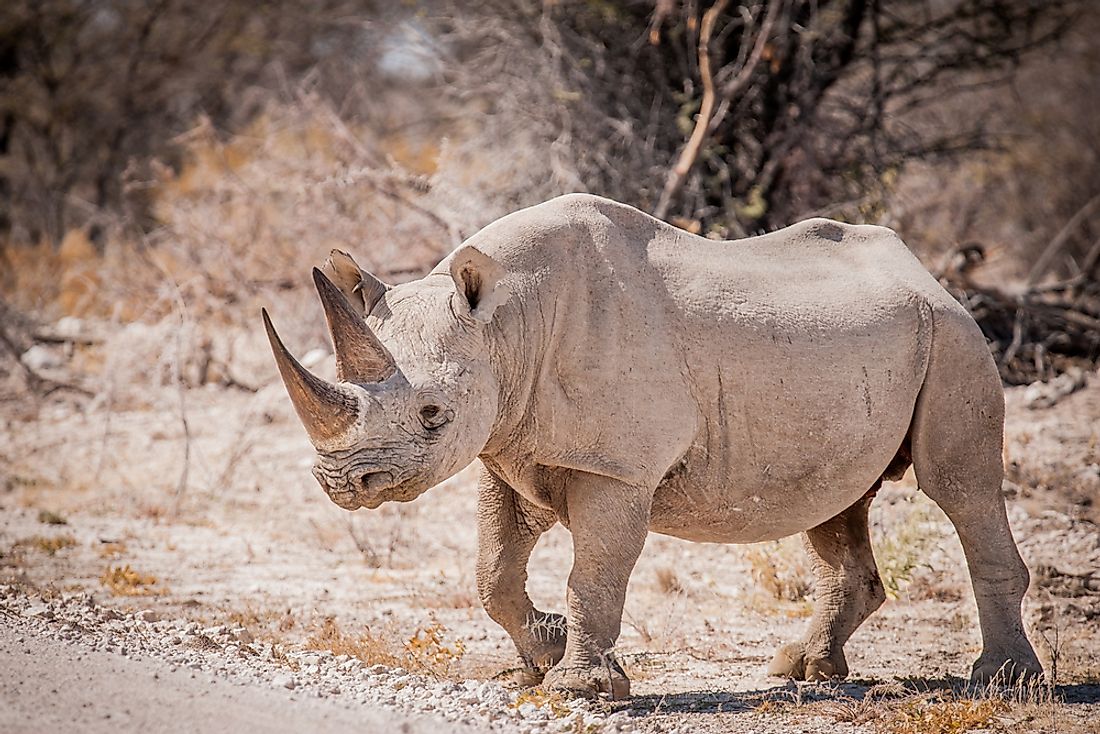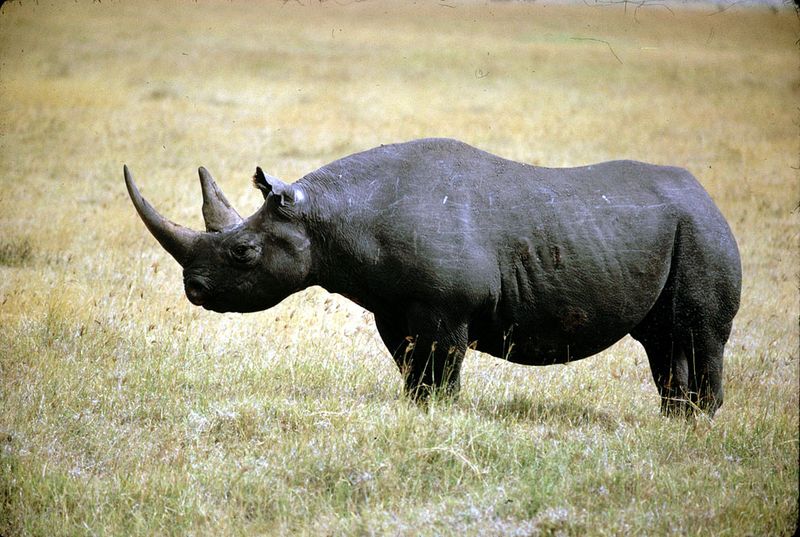

Urine spraying is a common form of scent-marking, both for males seeking to mark their territory, and also for females to signify to nearby bulls when they are in oestrus. Scent-marking: this is a crucial method of communication for rhinos, as they have extremely poor eyesight and often live solitarily.Females tend to remain solitary, and are usually only found in the presence of their latest calf Female territory: this tends to range from 5.8-7.7 km.Young bulls and old males who cannot defend themselves as strongly are often killed or injured in aggressive territorial interactions or become confined to a small area until they die Subordinate rhino within these ranges are often young adults, who must be submissive to the dominant bull. Among males, there are dominant and subordinate animals. Adult male black rhinos tend to live on their own, except when courting females. Male territory: a typical bulls’ territorial range is generally around 3.9-4.7 km.Incredible footage from the recent BBC Africa series recorded a group of black rhinos congregating socially at a waterhole, thus disproving myths that black rhinos are strictly solitary

Sociability: black rhinos can be either solitary and territorial, or semi-social and less aggressively-territorial, depending on the habitat.Population density within an area: This depends on the features of the habitat in question, from one rhino per 100 km 2 in the desert plains of Western Kunene, Namibia to more than one rhino per square kilometre in thicket vegetation.This spans a wide range of habitats in Africa, including semi-desert savannah, woodlands, forests and wetlands When looking for a new residence, rhinos will tend to look for somewhere with a healthy supply of shrubs and woody herb and plant-life occur, and also a place with a nearby water source and mineral licks, that is within at least a 5-10 mile radius. Habitat: black rhino can occur in a range of habitats where there are sufficient resources to support them.Location: black rhino occur throughout southern and eastern Africa, including Kenya, Tanzania, Namibia, South Africa and Zimbabwe.The most distinguishable characteristic between a black and a white rhino is that black rhinos have a hooked lip, as opposed to a flat-based lip, which is related to their eating habits They also have a smaller head, as unlike the white rhino, they are browsers, so eat from higher bushes or trees, requiring less muscle strength around their necks than white rhinos. Distinctive characteristics: black rhinos are smaller than white rhinos, and have less of a pronounced hump on the back of their necks.The front (anterior) horn is longer than the rear (posterior) horn, averaging at around 50 cm long The horn is comprised of thousands of compressed hair-like strands of keratin (like hair and fingernail fibres), making it extremely hard and tough, but it can be broken or split during fighting. The shape of the horn also differs between sexes: with males tending to have thicker horns, and the females often longer and thinner ones.


Rhinos from different areas can have horns of different shapes and sizes also vary.
#Are black rhinoceros extinct skin
The horn: black rhinos have two horns, which grow continually from the skin at their base throughout their life (like human fingernails).Hair: they only have hair on the ears, tail tips and eyelashes.They are both of a dark grey colour, but this can vary depending on local soil conditions (as rhinos tend to wallow in the mud or dust, their skin may vary in colour accordingly) Skin colour: there is actually no colour difference between the white and black rhino.Shoulder height: black rhinos stand at approximately 1.6 metres tall at the shoulder.Weight: adult males weigh up to 1,350 kg and females up to 900 kg.Size: the black rhino is the smaller of the two African species.


 0 kommentar(er)
0 kommentar(er)
